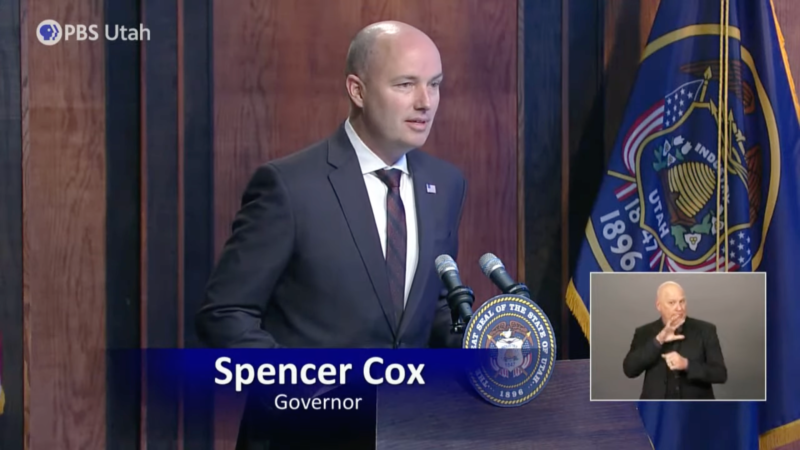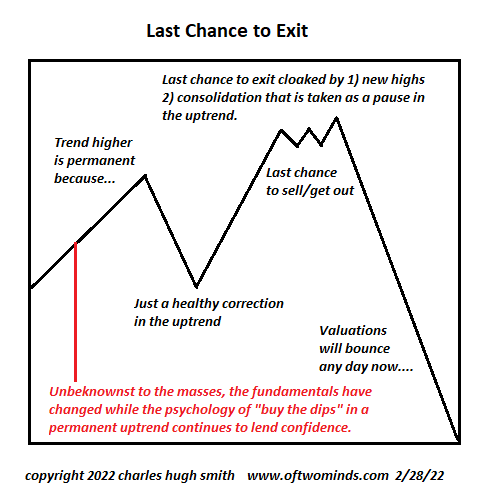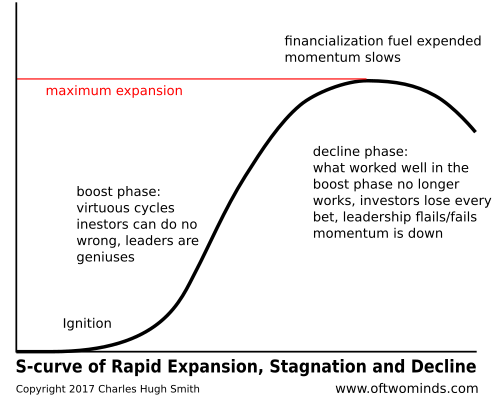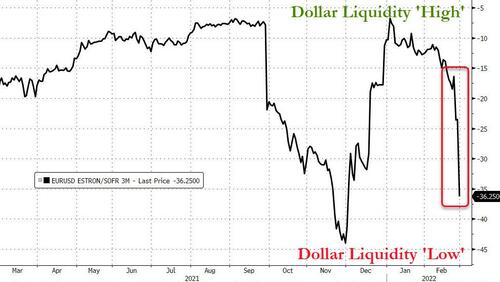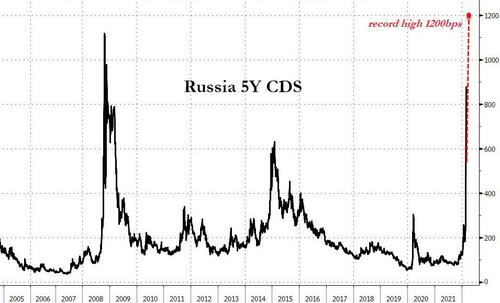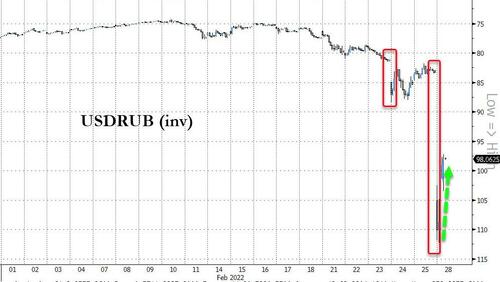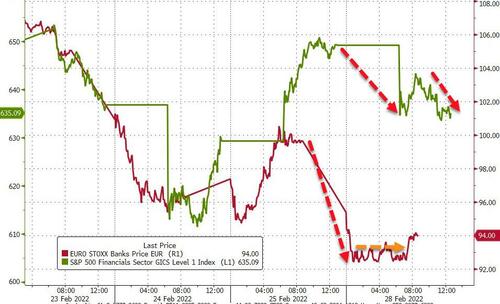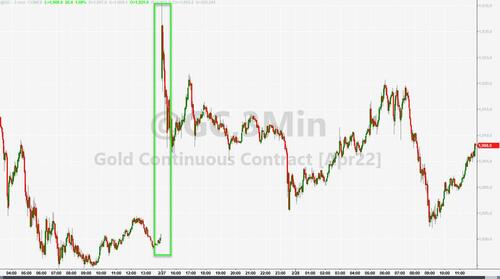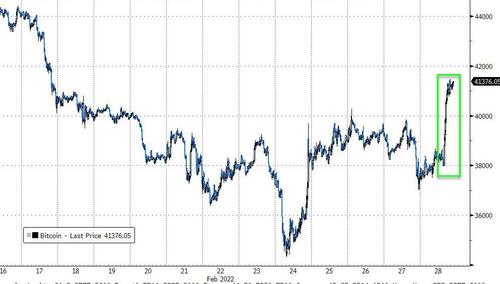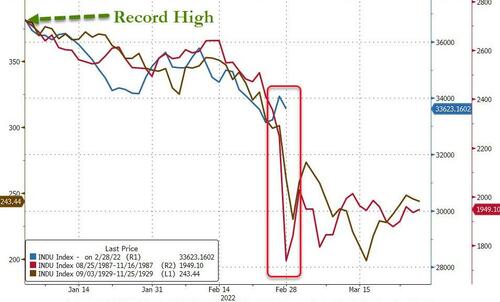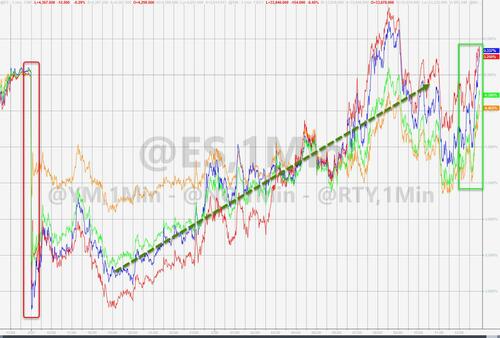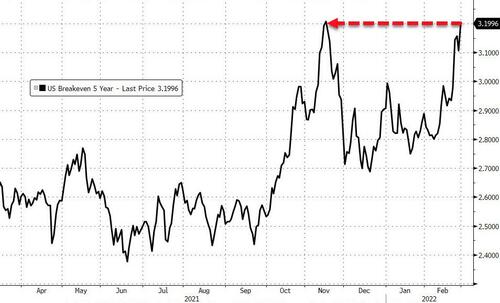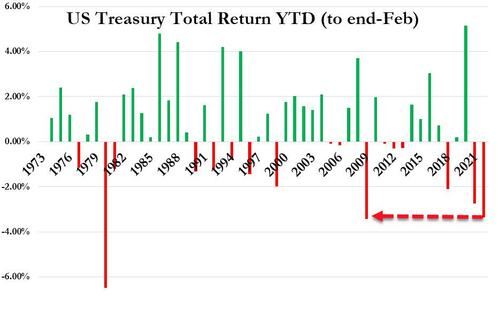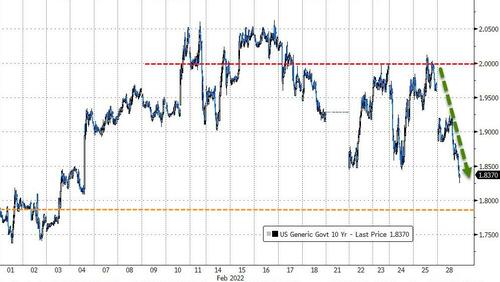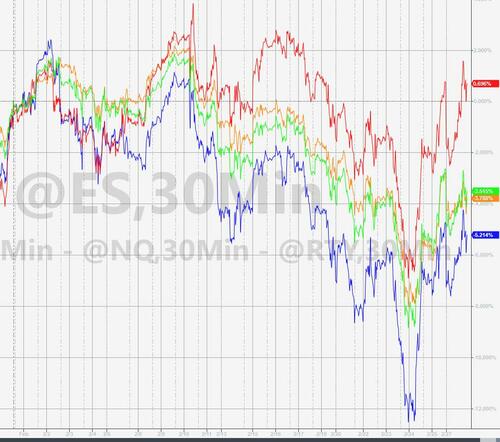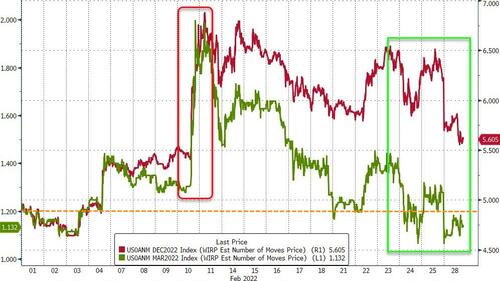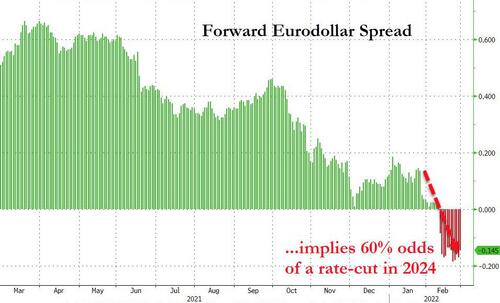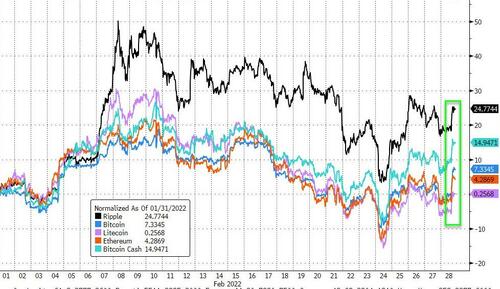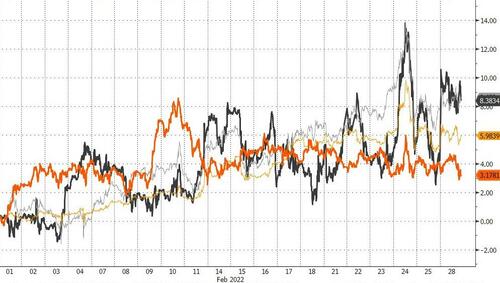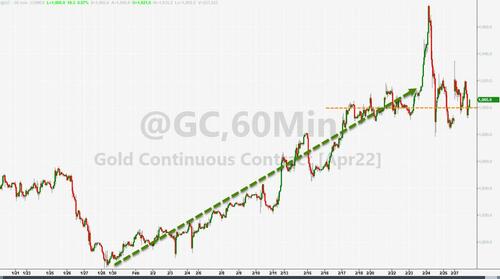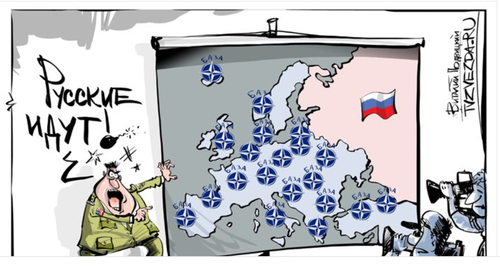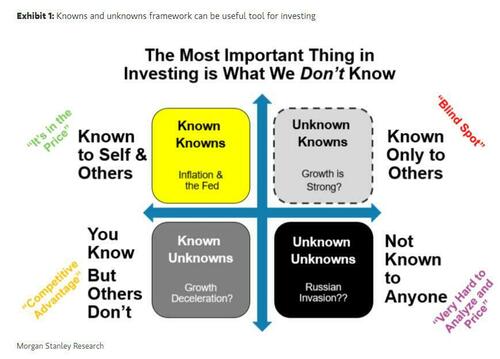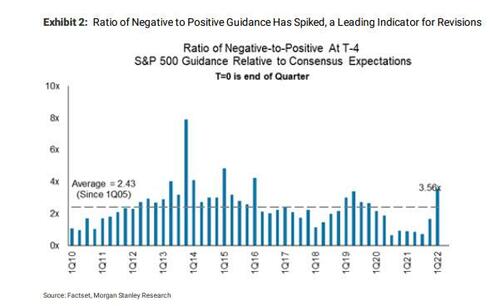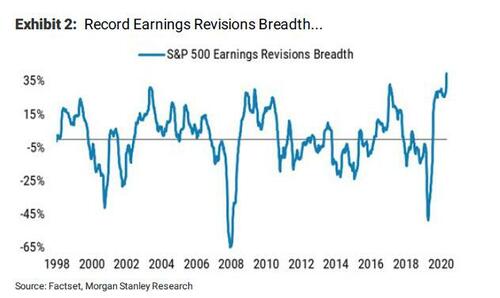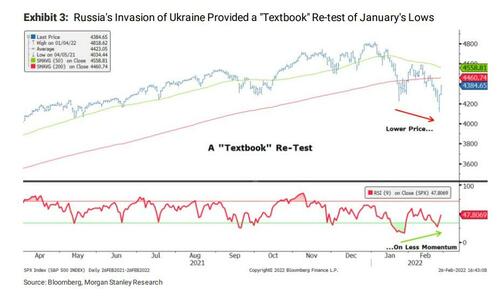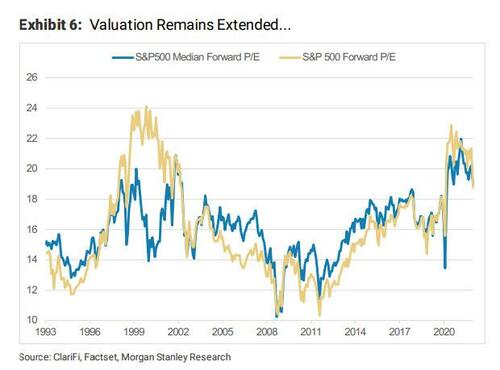This matter is in the news again, because of a proposal in Boston to limit residential picketing so that it can only happen from 9 am to 9 pm. (This appears to have been prompted by residential picketing outside Mayor Michelle Wu’s home.) I therefore thought I’d repost an item of mine that answers the question: Is this sort of targeted residential picketing protected by the First Amendment?
The short answer: No, but any restrictions on such picketing have to be imposed through content-neutral statutes or ordinances (or, in some situations, injunctions); and they have to leave people free to demonstrate in the same neighborhood:
- In Carey v. Brown (1980), the Court struck down a ban on residential picketing that had an exemption for labor picketing.
- In Frisby v. Schultz (1988), the Court upheld a ban (not just a time limitation but a total ban) that had no exemption, on the grounds that it was (a) content-neutral, (b) narrowly tailored to serving an important interest in protecting residential privacy, and (c) left people free to engage in “[g]eneral marching through residential neighborhoods, or even walking a route in front of an entire block of houses.”.
- In Madsen v. Women’s Health Center, Inc. (1994), the Court struck down an injunction that barred residential picketing within 300 feet of clinic employees’ homes, because it was too broad.
Carey involved a pro-busing group picketing the home of a mayor, while Frisby and Madsen involved anti-abortion groups picketing the homes of clinic employees. Indeed, most of the residential picketing cases I’ve seen have involved anti-abortion protesters; at least in the 1980s and 1990s, such residential picketing seemed to be a favored tactic of at least some parts of that movement.
But the Court of course didn’t draw distinctions based on the content of the speech or based on whether the picketing was aimed at a public official. For instance, Justice Scalia, who had often faulted the Court in free speech cases where he thought anti-abortion speech was being treated unfairly, was in the majority in Frisby; Justices Brennan and Marshall, strong supporters of abortion rights, dissented; none of them seemed swayed by the speakers’ ideology. Rather, as I note above, the Court expressly forbade such distinctions.
So a city or a state could ban picketing or allow it. But the rules would apply equally to anti-racism protesters, antifa protesters, anti-abortion protesters, alt.right protesters, and any other protesters.
To my knowledge, residential picketing is banned on a statewide basis only in Arizona, Colorado, Illinois, and Minnesota, though the statutes operate somewhat differently. (The Arizona ban is limited to picketing conducted “with intent to harass, annoy or alarm”; the Minnesota law allows injunctions to be issued based on targeted residential picketing that happens “on more than one occasion,” rather than banning such picketing outright.) But various cities ban it as well.
Finally, even when there is no ordinance banning residential picketing, particular kinds of behavior while picketing—especially loud noise at night (cf. the August 2020 Washington protest outside the Postmaster General’s home)—may be banned by content-neutral restrictions. See Kovacs v. Cooper (1949). Of course, those restrictions must be enforced in a content-neutral manner as well: A city can’t deliberately ignore loud protests that express certain views but then punish loud protests that ignore others.
The post Protests Outside People's Homes (Residential Picketing) and the First Amendment appeared first on Reason.com.
from Latest https://ift.tt/j4ycsm3
via IFTTT
